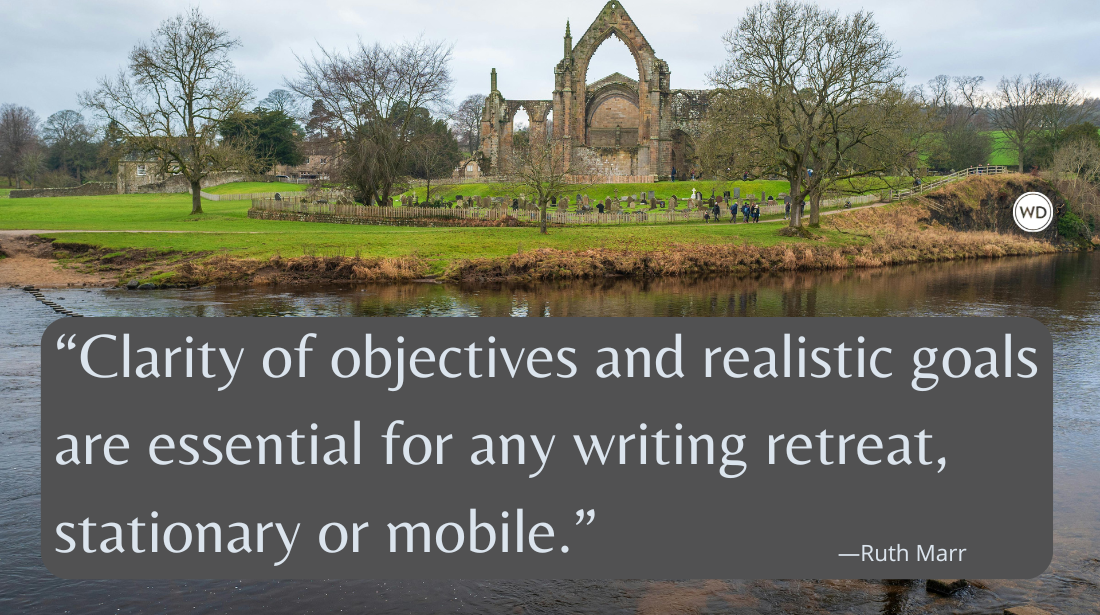Letting the Body Lead: Writing Movement, Gesture, and Tension on the Page
Author James Janko discusses the connection of the body to writing and connects it to the wire-walking protagonist of his novel.
Long strips of paper hang from the walls of my writing room. If I don’t know what comes next in a story or a novel, I step away from my computer, sharpen a pencil, and write on walls. Beyond movements of the hand, the eyes, I sometimes become aware of the electricity in the body which seems inseparable from the words on the page. “I sing the body electric,” wrote Walt Whitman. “I sound my barbaric yawp over the roofs of the world.”
Whitman began with himself, his body, and expanded onward and outward in widening circles. “I believe a leaf of grass is no less than the journeywork of the stars.” Notice the pronoun and the noun phrases (the I, the leaf of grass, and the journeywork of the stars) that form one inextricable union. Most modern physicists would validate Whitman’s findings. There are no strangers between here and the stars.
I learn from Whitman and others to create movement or tension by making leaps from ordinary consciousness, the visible and seemingly solid world, to the world always in flux and mostly unseen. In my forthcoming novel, The Wire-Walker, Amal Tuqan, a 16-year-old wire-walker, lives in “an alley so narrow the walls hold their breath.” The walls, made of stone, are alive, but they have no room to breathe, nor does Amal. She must break free of her confinement, but how?
Self-taught, lacking the equipment of a professional wire-walker, she makes do with the gift of her body. “I would like to have a long balance pole like Phillippe Petit,” she writes, “a great wire-walker I have studied on YouTube. Instead, I have my arms (I think of them as wings), and something else. Does a body stop where the skin stops? Sometimes yes, sometimes no. If I walk well, careful and quiet, I can feel all around me the shape of the air, the sky, and I grow larger than myself. Something I can’t name, something shiny, moves inside me and beyond me. If people say I’m small, it’s because their eyes are small. All they see is some skin that slips over me like a stocking. They’re missing the light around the body, the part of me no one can harm. The calmer I am, the shinier I am. I believe Phillippe Petit and other great aerialists would know what I mean.”
Amal is a study of contrasts. She weighs 42 kilos. The light around her weighs nothing. On the highwire, she applies a laser-like focus to walk a path through the sky while remaining aware of the whole sky, the void on either side of her body, the sun or stars above, the earth below. “When I practice or perform,” she tells us, “I take one step, just one, now another, another, because all the way across, at each juncture, there is only one.”
Is writing a novel any different? I monitor the speech or actions of characters and record one word at a time, now another, another, until a book is complete. But writing is not a linear process, nor is the art of wire-walking.
Day after day, Amal challenges herself, tests her limits to find new limits, and failure is integral to the process. “Sometimes,” she writes, “even a bird falls to earth and must shake the dust from her feathers before she can rise.” During practice, she asks a friend to shake the wire she walks on as though a great wind is blowing. Amal falls many times before she masters the art of walking as through a storm. She revises and adjusts, just as a writer—word by word––writes draft after draft to prepare a manuscript for publication.
Issa wrote: “Climb Mount Fuji,/ O snail,/ but slowly, slowly.” Revision is the process of paring away the words that lack a pulse, that have no connection to the body and to the earth.
Every sentient being moves and breathes. Works of fiction that mirror lived experience, or verisimilitude of experience, must do the same to come alive on the page. Nonetheless, to emphasize the importance of movement with no reference to its counterpart––stillness––would be amiss. To let the body lead doesn’t mean that a manuscript should be jam-packed with action, fast food for adrenaline junkies. A mind concentrated, a body alert and receptive, adds depth and complexity to the story. A novel worth reading is a highwire act.
“The hardest thing to learn,” says Amal, “is stillness on the wire, or even on earth. If I could learn stillness, I would master everything else. I wonder, though, must there be movement while we live? The nearest I come to stillness is when the breath I breathe for everyone vanishes in light.”
Amal is the greatest wire-walker in the Middle East.
Check out James Janko's The Wire-Walker here:
(WD uses affiliate links)









